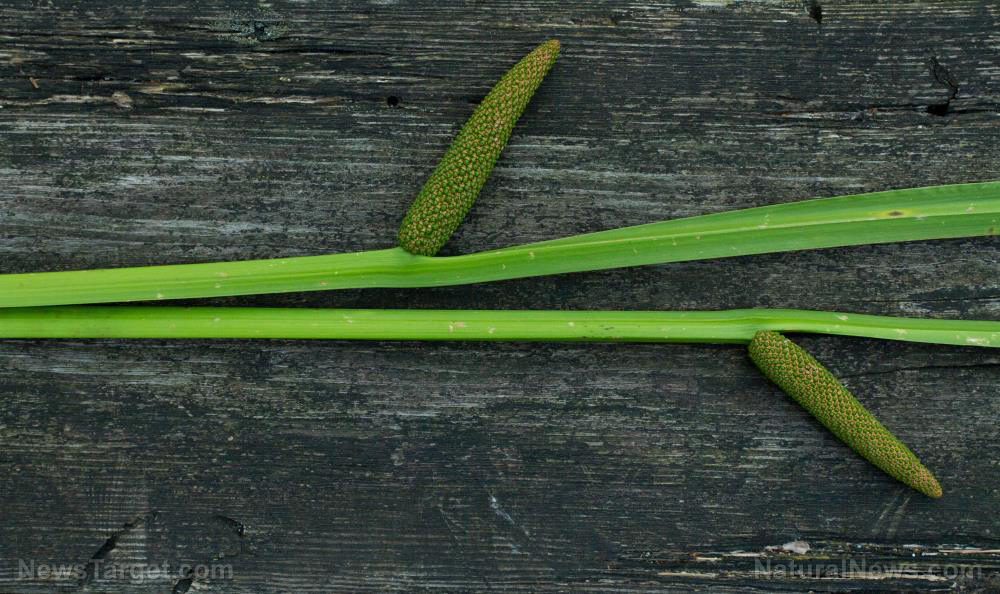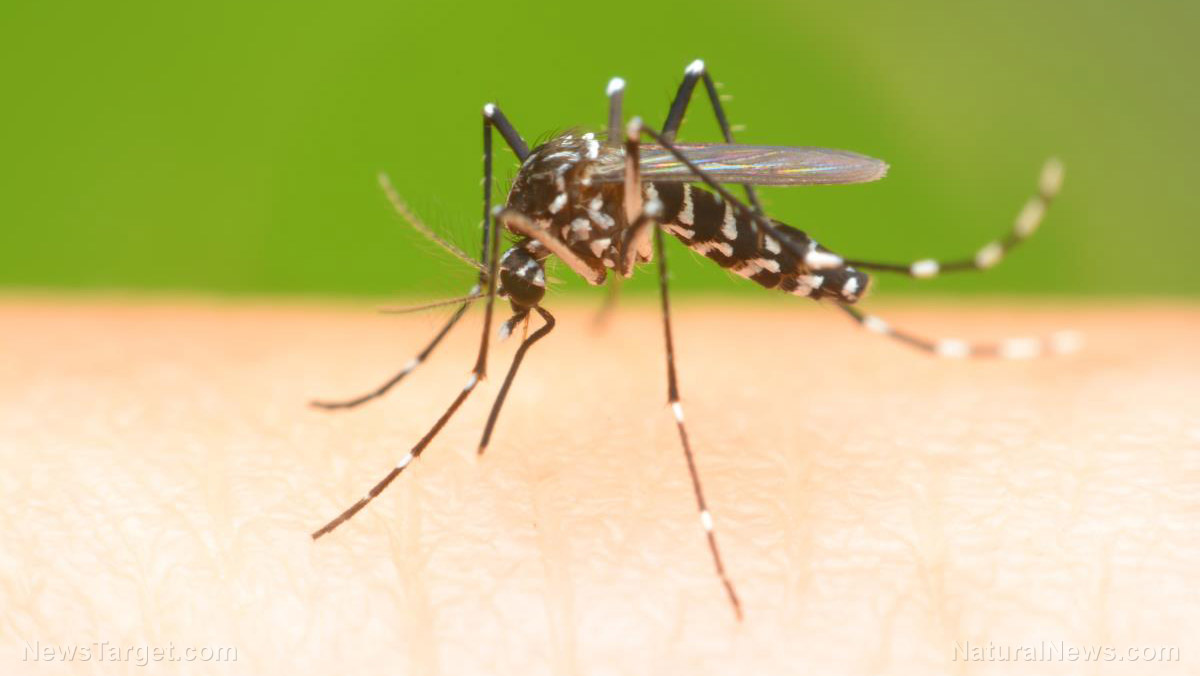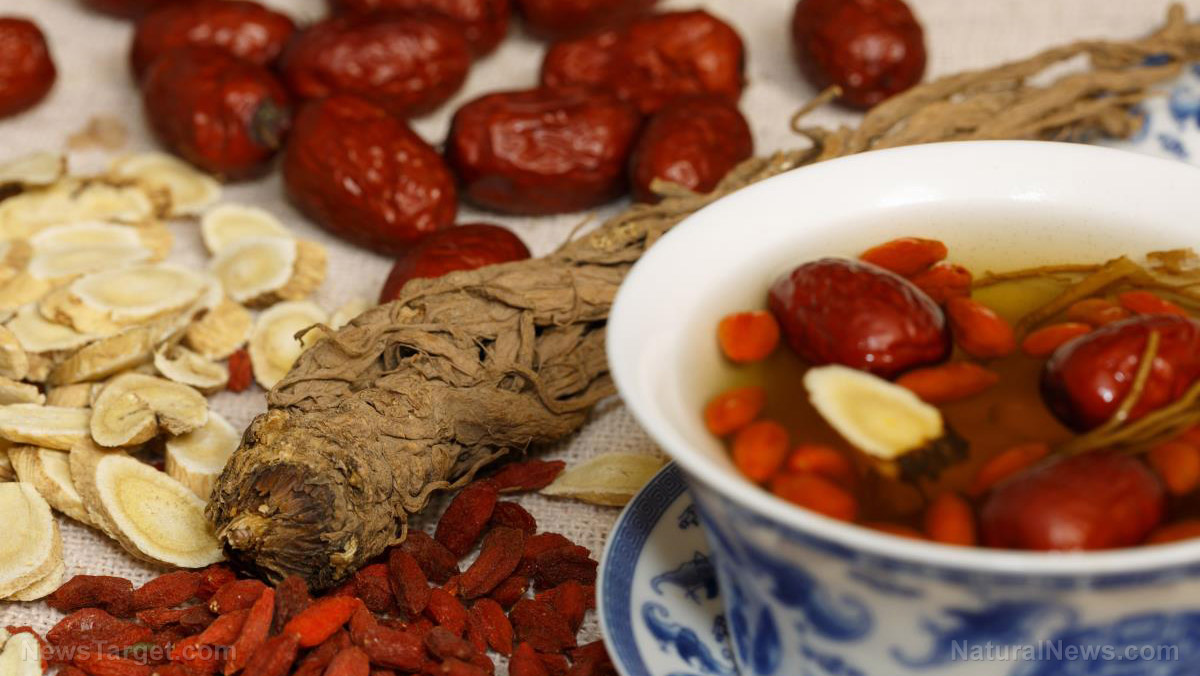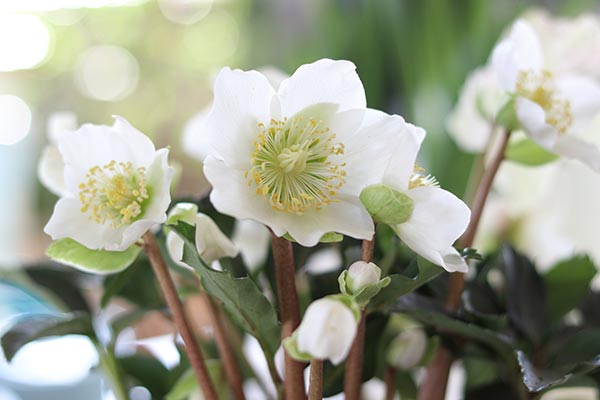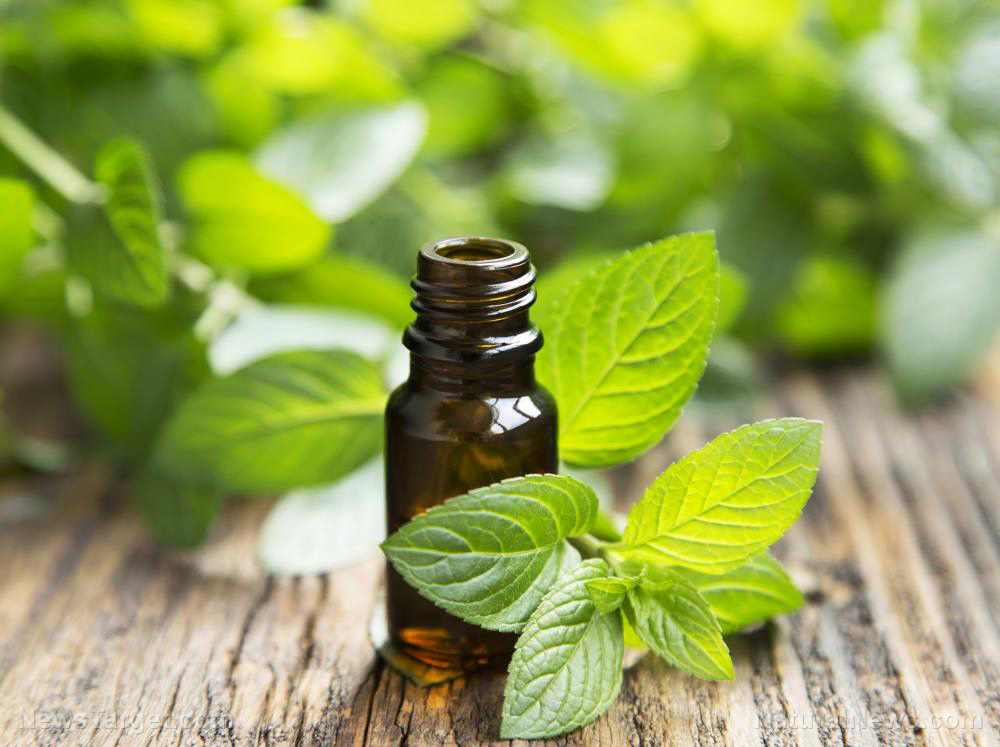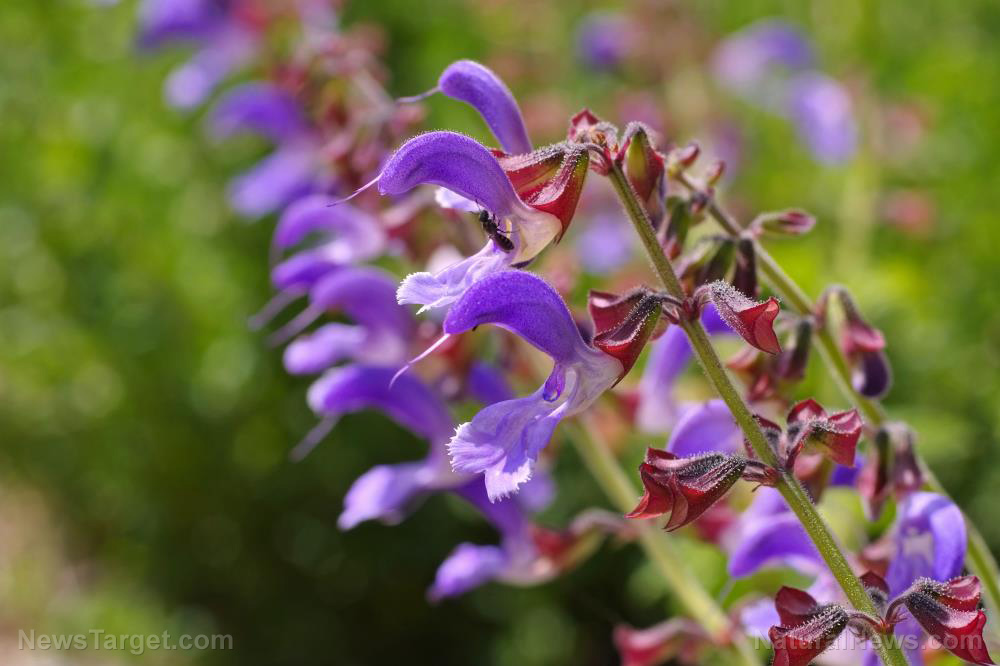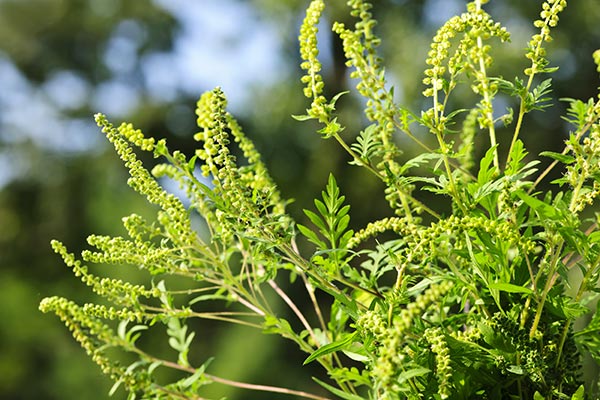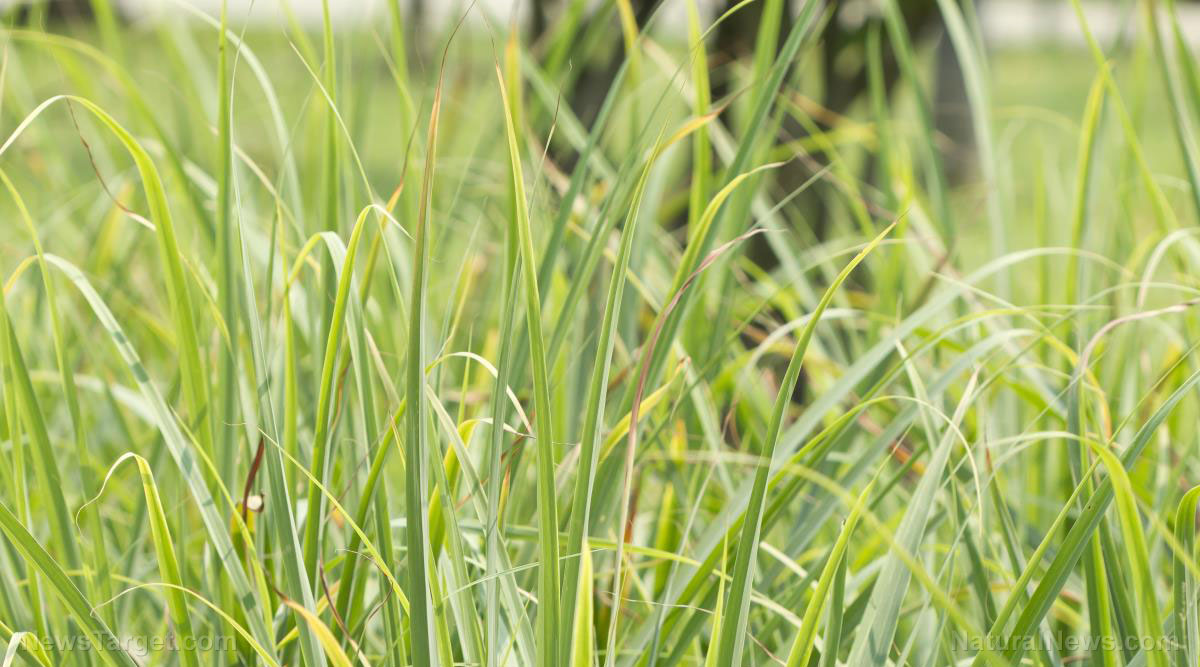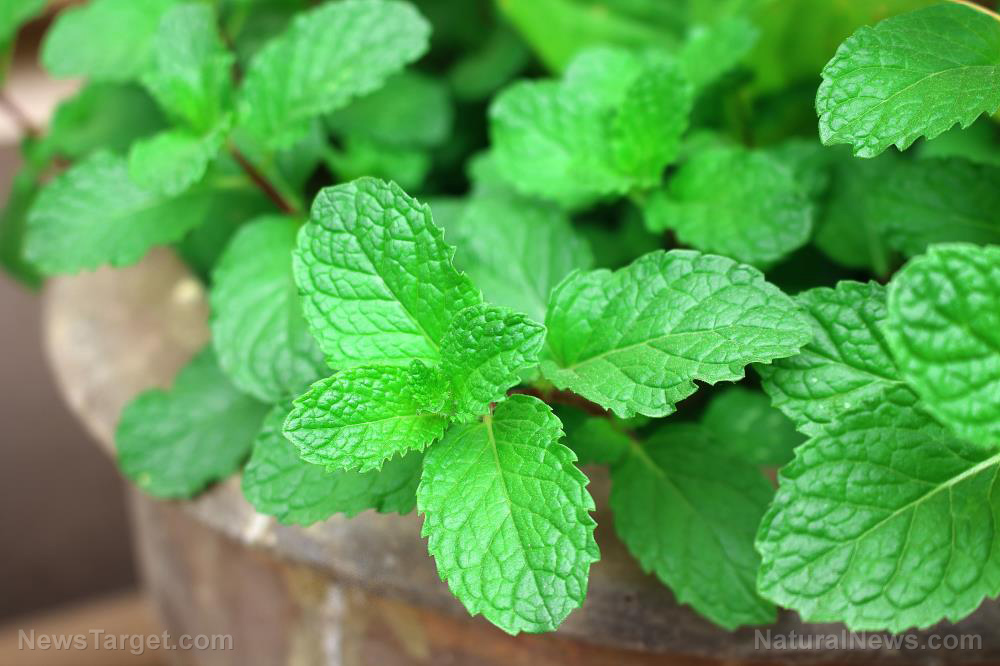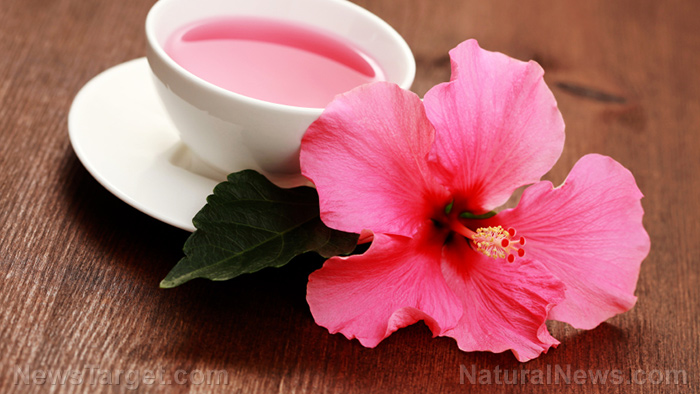New “old” medicine in Thailand: Researchers discover how a species of medicinal mushroom, new to the area, spreads and grows
11/04/2019 / By Evangelyn Rodriguez
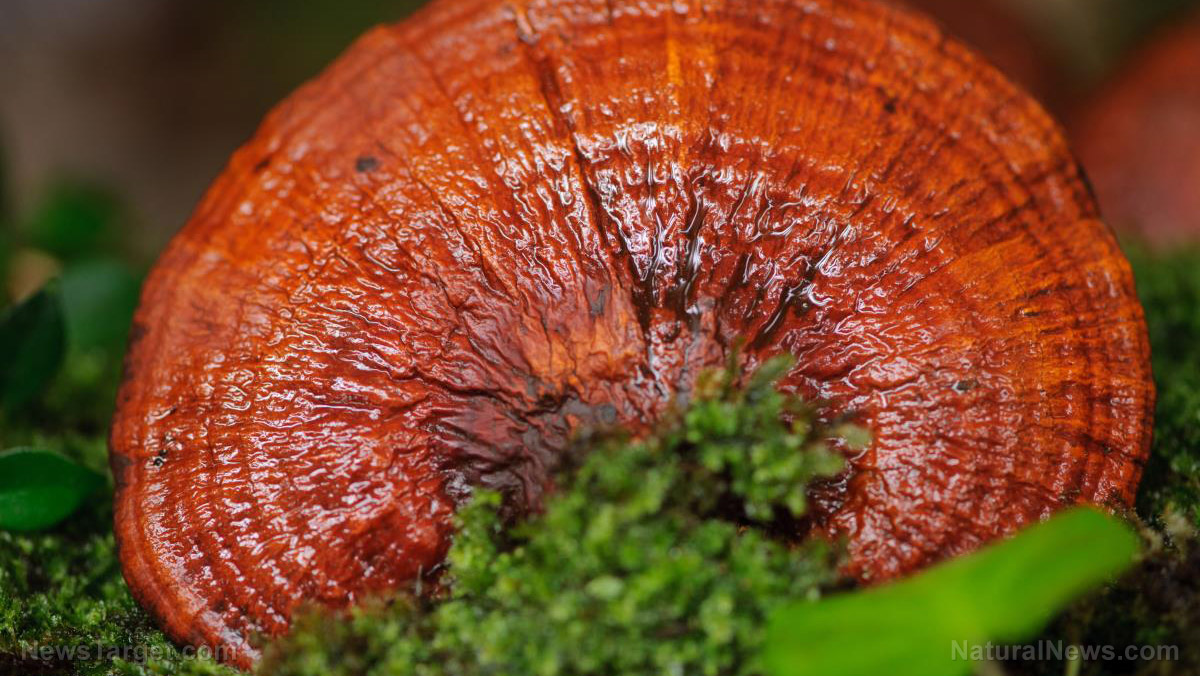
Medicinal mushrooms have long been used in traditional Asian medicines to treat a wide variety of ailments. In particular, mushroom species that belong to the genus Ganoderma have been extensively studied for their therapeutic properties, thanks to an abundance of beneficial plant compounds.
In a study that appeared in the journal MycoKeys, researchers from Thailand reported a Ganoderma species living as a tree parasite in a province in northern Thailand – the first time this medicinal mushroom, also known as lingzhi (Ganoderma tropicum), was recorded in the region. The researchers also noted the results of their assessment concerning the optimum conditions needed by the species to grow and spread its colony.
The medicinal mushroom lingzhi
Lingzhi is a parasitic fungus found living in trees. This medicinal mushroom is unique from other Ganoderma species by its waxy fruiting body and its distinctly dark brown cap with reddish shades. It is native to regions with tropical climates, such as in China, Taiwan, and South America. (Related: The combined extracts of the reishi and Egyptian chlorella vulgaris shown to have potent antioxidant and anti-inflammatory properties.)
The mushroom is extensively used as folk medicine in many Asian countries. In fact, the Chinese official compendium of drugs features its medical use, while the World Health Organization acknowledges it. Lingzhi is an effective treatment for coronary heart disease, a protective agent for the liver, and a potent sleep aid. Investigations to determine its bioactive components have revealed that it contains polysaccharides, triterpenoids, sterols, and secondary metabolites like ganoderic acid, ganodermanondiol, ganodermanontriol, and ganodermadiol that help treat a wide range of diseases. And despite being a fungus, G. tropicum exhibits antimicrobial activities.
Optimal conditions for growing G. tropicum in the lab
For their study, the researchers collected the fruiting body of a parasitic fungus from the base of a living Dipterocarpus tree. Based on its morphological characteristics, the results of phylogenetic analyses, and comparison with related taxa, the researchers confirmed its identity as G. tropicum due to its similarities to isolates from China and Taiwan.
Next, the researchers conducted experiments to determine optimal conditions for growing the mushroom in the lab. They reported that G. tropicum grows best on potato dextrose agar (PDA), malt extract agar (MEA), and yeast extract peptone dextrose (YPD) agar at pH 7-8 and at 25 to 28 C, respectively. While these conditions were enough to spur the fungus to produce mycelium, they, unfortunately, did not encourage fruiting. On the other hand, this study is the first to report successful growing conditions for the mycelial production of G. tropicum.
The mycelium is a web-like structure that protrudes from the stationary fungus. One of its main functions is to look for water and nutrients to transport to the fruiting body, a structure that needs these resources to produce biomass and grow. The fruiting body contains the spores which are used by fungi for reproduction. According to several studies, extracts from the mycelia and spores of Ganoderma mushrooms, including G. tropicum, are rich in beneficial phytonutrients and have a variety of therapeutic uses.
Lingzhi isn’t the only medicinal mushroom used in traditional medicine. To learn about other mushrooms with medicinal uses, visit ChineseMedicine.news.
Sources include:
Tagged Under: alternative medicine, coronary heart disease, Fungi, heart health, herbal medicine, Lingzhi, medicinal mushrooms, remedies, TCM
RECENT NEWS & ARTICLES
PlantMedicine.News is a fact-based public education website published by Plant Medicine News Features, LLC.
All content copyright © 2018 by Plant Medicine News Features, LLC.
Contact Us with Tips or Corrections
All trademarks, registered trademarks and servicemarks mentioned on this site are the property of their respective owners.

